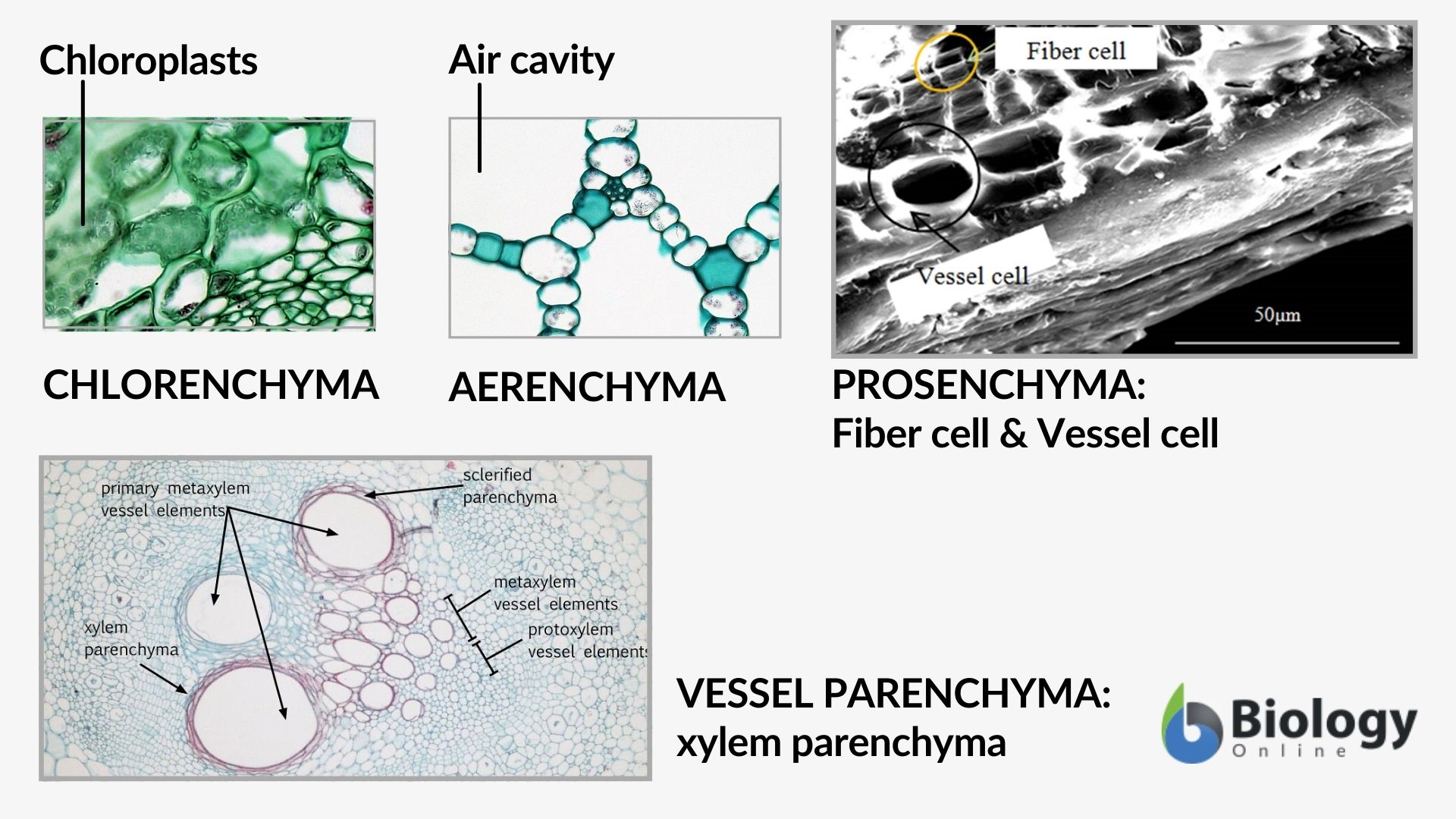Is parenchyma and stroma the same? This question delves into the intricate world of tissues and organs, where a delicate balance of structure and function defines life itself. Parenchyma, the functional core, carries out the specialized tasks that make each organ unique. Stroma, the supportive framework, provides the scaffolding and environment that allows parenchyma to thrive. Together, they create a harmonious tapestry, where each thread plays a vital role in the overall function and health of the body.
Understanding the distinction between parenchyma and stroma is crucial for comprehending the complexity of biological processes. This exploration will delve into their definitions, cellular composition, structural organization, and the intricate relationship between these two essential components of tissues and organs.
Functional Relationship

Parenchyma and stroma, despite their distinct origins and structures, are intimately intertwined in their functions, creating a dynamic and interconnected system within tissues and organs. Their structural and functional interplay is essential for maintaining tissue integrity, regulating cell activity, and facilitating vital processes.
Impact of Stroma on Parenchyma
Changes in the stroma can significantly influence parenchyma function. For instance, alterations in the extracellular matrix (ECM) composition, which is a key component of the stroma, can impact cell adhesion, migration, and signaling pathways.
- Increased Collagen Deposition: In fibrosis, excessive collagen deposition in the stroma can lead to tissue stiffening, hindering parenchyma cell function. This can occur in the liver, where increased collagen in the stroma disrupts blood flow and hinders hepatocyte function.
- Changes in ECM Components: Alterations in the composition and organization of ECM components like proteoglycans can influence cell signaling and differentiation. In cancer, tumor cells can manipulate the stroma by secreting factors that remodel the ECM, promoting tumor growth and invasion.
- Stromal Cell Activity: Stromal cells, such as fibroblasts and immune cells, play crucial roles in tissue repair and inflammation. Their activity can impact parenchyma function. For example, in wound healing, fibroblasts deposit ECM components to provide structural support and promote tissue regeneration.
Impact of Parenchyma on Stroma
Changes in parenchyma can also influence the structure and function of the stroma.
- Parenchymal Cell Signaling: Parenchyma cells can secrete factors that influence stromal cell behavior. For example, in the pancreas, pancreatic acinar cells secrete factors that regulate the differentiation and function of pancreatic stellate cells, which are stromal cells involved in ECM production.
- Metabolic Interactions: Parenchyma and stroma engage in metabolic interactions. For instance, in the liver, hepatocytes (parenchymal cells) provide metabolic support to sinusoidal endothelial cells (stromal cells) by supplying glucose and other nutrients.
- Tissue Remodeling: Changes in parenchyma, such as tissue injury or inflammation, can trigger stromal remodeling. For example, in wound healing, inflammatory signals from injured parenchyma cells attract stromal cells, initiating the repair process.
Clinical Relevance: Is Parenchyma And Stroma The Same

Understanding the distinction between parenchyma and stroma is crucial in disease diagnosis and treatment. These two components, while distinct, work together to maintain tissue function, and changes in either can lead to disease development.
Disease Diagnosis
Differentiating between parenchyma and stroma is fundamental in diagnosing diseases. Pathologists examine tissue samples to identify abnormal changes in both components. For instance, in cancer diagnosis, observing the invasion of stroma by malignant cells, or changes in the stroma’s structure and composition, can indicate the stage and severity of the disease.
Changes in Parenchyma and Stroma Contribute to Disease Development, Is parenchyma and stroma the same
Changes in parenchyma and stroma can contribute to disease development in several ways:* Parenchymal damage: Direct damage to the parenchyma, such as in infections or trauma, can trigger inflammatory responses in the stroma, leading to tissue remodeling and fibrosis. This can impair organ function and contribute to chronic diseases.
Stroma dysfunction
Alterations in the stroma’s composition and structure can disrupt the microenvironment, impacting parenchymal cell function and contributing to disease progression. For example, in cancer, tumor-associated stroma can promote tumor growth, angiogenesis, and metastasis.
Stroma-mediated immune responses
The stroma plays a crucial role in immune responses, and its dysregulation can lead to aberrant immune responses that contribute to disease development. For instance, in autoimmune diseases, stromal cells can contribute to inflammation and tissue damage.
Targeting Stroma in Therapeutic Strategies
The importance of stroma in disease development has led to the exploration of therapeutic strategies targeting the stroma:* Stroma-targeted therapies: Several drugs are being developed to specifically target stromal cells and their functions, aiming to modulate the microenvironment and improve therapeutic outcomes.
Immunotherapy
Immunotherapies aim to enhance the immune system’s ability to recognize and eliminate cancer cells. Targeting the stroma to modulate immune responses can enhance the efficacy of immunotherapy.
Tissue engineering
Stroma-derived cells can be used in tissue engineering to create functional tissues for transplantation. This approach holds promise for regenerative medicine and treatment of organ failure.
As we unravel the intricacies of parenchyma and stroma, we gain a deeper appreciation for the delicate balance that sustains life. Understanding their distinct roles and intertwined functions allows us to see beyond the surface and recognize the profound harmony that governs the human body. From the microscopic level of cellular organization to the macroscopic level of organ function, parenchyma and stroma stand as a testament to the elegant design of nature.
Key Questions Answered
What is the primary function of parenchyma?
Parenchyma performs the specialized functions of the organ, such as secretion, absorption, or filtration.
What are some examples of stroma in different organs?
Examples include connective tissue in the liver, blood vessels in the kidney, and cartilage in the lungs.
How can changes in stroma affect disease development?
Alterations in stroma can contribute to tumor growth, fibrosis, and inflammation.
What are the implications of targeting stroma in therapeutic strategies?
Targeting stroma holds promise for treating diseases by modulating the microenvironment and influencing the behavior of parenchyma.






